Learn how to grind cardamom pods at home for maximum flavor and freshness with these 3 essential steps:
- Prepare the Pods: Start with high-quality, plump green pods. Crush them gently with the flat side of a knife or mortar to crack them open, then extract the tiny black seeds inside.
- Grind the Seeds: Choose your preferred method (mortar & pestle, coffee grinder, or spice mill) and grind the seeds until you achieve a fine, uniform powder.
- Store Properly: Immediately transfer your freshly ground cardamom to an airtight container, keeping it away from light, heat, and moisture to preserve maximum flavor.
Freshly ground cardamom is significantly more aromatic and flavorful than pre-ground versions, making it worth the extra step for your culinary creations. Below is a comparison of the best tools for grinding cardamom:
| Tool | Pros | Cons | Best For |
|---|---|---|---|
| Mortar & Pestle | Fully manual control; preserves oils | Time-consuming for large batches | Small quantities; purist experience |
| Coffee Grinder | Fast; consistent texture | May retain scent; dedicate one exclusively for spices | Home cooks needing speed |
| Spice Mill | Dedicated tool; easy cleanup | Costlier; limited use beyond spices | Regular users; serious foodies |
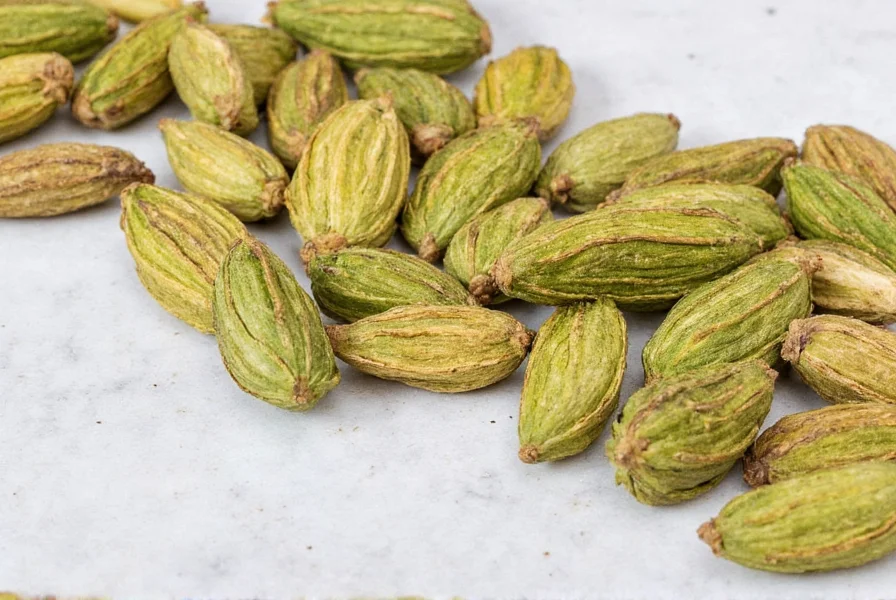
Top 5 Tips for Cooking with Ground Cardamom
- Don't Overdo It: A little goes a long way. Start with ¼ tsp per recipe and adjust upward cautiously.
- Bake Smart: Add to doughs, muffin batters, or cake mixes toward the end of mixing to preserve flavor.
- Pair Thoughtfully: Works beautifully with cinnamon, nutmeg, citrus zest, chocolate, and even chili.
- Add Early in Cooking: For savory dishes, add early enough to allow the flavors to infuse the oil and ingredients.
- Enhance Beverages: Stir into lattes, spiced milk, smoothies, or homemade chai for a warming twist.
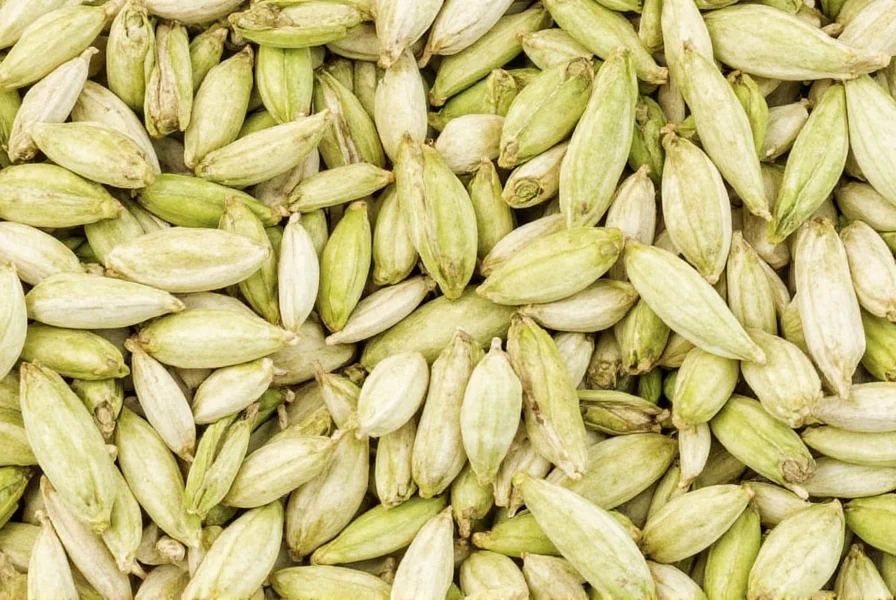
Buying Guide: Choosing the Best Cardamom Pods
When shopping for cardamom pods, not all are created equal. Here's what to look for:
- Color: Vibrant green is ideal. Avoid dull or yellowish pods.
- Size: Larger pods usually mean more seeds and stronger flavor.
- Smell: Should be intensely fragrant with a sweet-citrusy aroma when crushed.
- Texture: Pods should feel firm, not brittle.
- Origin: Indian Malabar or Sri Lankan pods are considered premium, but Guatemalan varieties offer great value too.
Recommended Brands:
- Mahashia Premium Green Cardamom Pods: Sustainably sourced, handpicked for quality. Perfect for home chefs and professional bakers alike.
- SunOpta Organic Cardamom Pods: Great for organic enthusiasts. Strong aroma and excellent taste retention.
- Kalustyan's Single-Origin Pods: Ideal for connoisseurs who want to explore regional differences in flavor profiles.
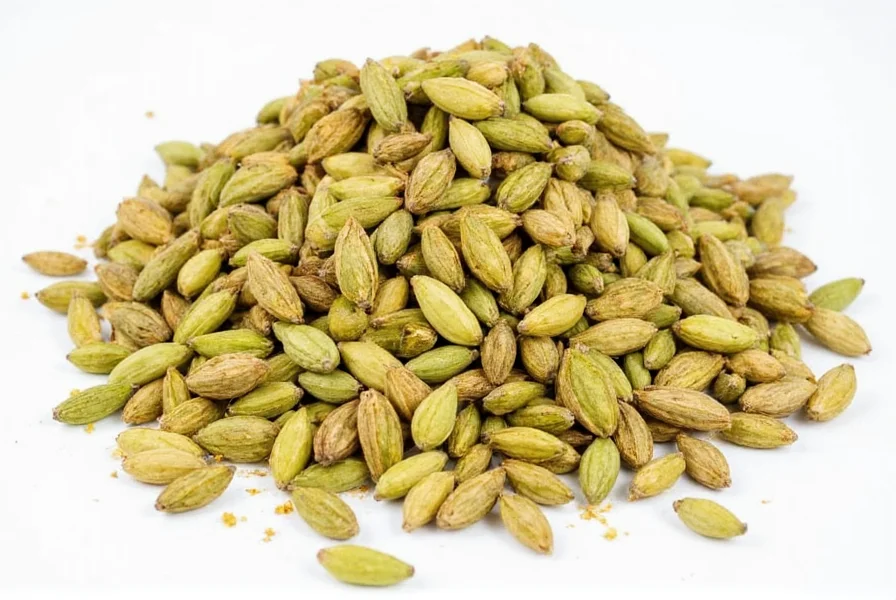
Storing Ground vs Whole Cardamom
Proper storage ensures you get the most out of your cardamom investment:
- Whole Pods: Store in a cool, dark place in an airtight container. They'll stay potent for up to 3 years.
- Ground Cardamom: Even in sealed containers, ground cardamom loses potency faster — expect 6–9 months of peak flavor.
Tip: Label your ground cardamom jar with the date you made it — this helps you track freshness and avoid stale results in your cooking!
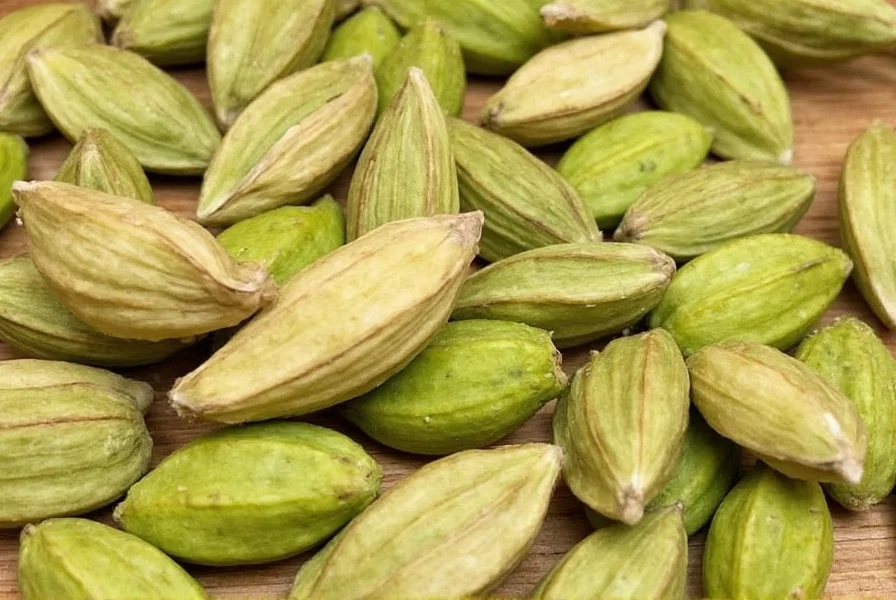
Where Can You Use Ground Cardamom?
Here's a quick rundown of where ground cardamom shines across global cuisines:
- Indian Cuisine: In desserts like kheer and barfi, or blended into masala chai.
- Middle Eastern: Essential in Arabic coffee, baklava, and spiced lamb dishes.
- Scandinavian Baking: A key player in Swedish and Norwegian pastries like cardamom buns and cinnamon rolls.
- Mexican Mole: Occasionally used in mole verde or other regional variations for depth.
- American Fusion: Found in modern takes on pancakes, lattes, oatmeal, and even pumpkin pie spice blends.
Frequently Asked Questions
What are the 3 essential steps to grind cardamom pods at home?
The three essential steps are: 1) Prepare the pods by cracking them open and extracting the seeds, 2) Grind the seeds using your preferred method until fine, and 3) Store the ground cardamom properly in an airtight container away from light and heat. This simple process preserves maximum flavor while making the spice ready for use in your recipes.
How much ground cardamom does one pod yield?
On average, one cardamom pod contains about 10-12 tiny black seeds that yield approximately 1/8 teaspoon of ground cardamom. For most recipes calling for ground cardamom, you'll need 6-8 pods to produce 1 teaspoon of ground spice. Always remember that freshly ground cardamom is more potent than pre-ground versions, so you may need slightly less.
Can I grind cardamom pods with the shell included?
No, you should never grind the entire pod. The outer shell is papery and fibrous, which will result in an unpleasant texture in your dishes. Only the small black seeds inside the pod should be used for grinding. The shell serves only as protection for the seeds during storage and should be discarded after extracting the seeds.
How long does freshly ground cardamom stay fresh?
Freshly ground cardamom maintains its peak flavor for 6-9 months when stored properly in an airtight container away from light, heat, and moisture. This is significantly shorter than whole pods, which can stay fresh for up to 3 years. For best results, grind only what you'll use within a few months and label your container with the grinding date.
What's the best way to store ground cardamom for maximum flavor retention?
The optimal storage method is in a dark-colored, airtight glass container kept in a cool, dark cupboard (not near the stove or oven). Avoid plastic containers as cardamom's essential oils can permeate them. For extended storage, consider keeping small amounts in the freezer, but be sure to let it come to room temperature before opening to prevent condensation.
Can I use a coffee grinder for cardamom without affecting my coffee flavor?
Yes, but you should dedicate a separate grinder exclusively for spices. Cardamom's strong essential oils will linger in the grinder and can impart spice flavors to your coffee. If you must use the same grinder, run a small amount of uncooked rice through it after grinding spices to help clean out residual oils before making coffee.
How can I tell if my ground cardamom has gone bad?
Fresh cardamom should have a strong, sweet-citrusy aroma. If it smells faint, musty, or has no scent when you rub a small amount between your fingers, it's lost its potency. Visually, it should maintain a uniform medium-brown color. If it appears faded or grayish, it's past its prime. For best flavor, replace ground cardamom every 6-9 months.
Conclusion
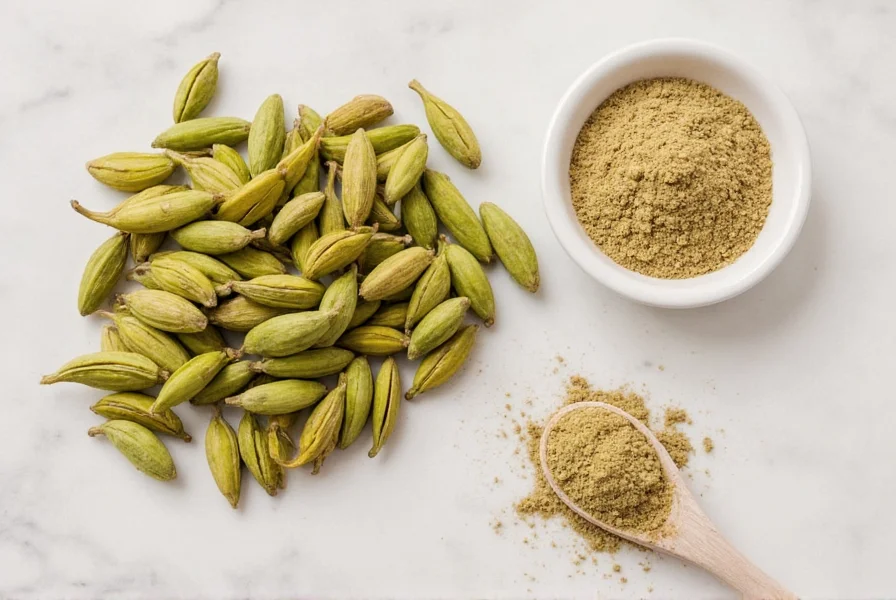
Grinding cardamom pods at home is a simple yet transformative process that unlocks deeper flavors and aromas in your kitchen. Whether you're grinding by hand for a traditional chai or using a spice mill for weekly baking prep, the result is a richer culinary experience.
Remember: start with fresh, high-quality pods, choose your grinding method wisely, store your ground cardamom correctly, and don't be afraid to experiment with bold pairings. With these tips and tricks in your pocket, you're well on your way to mastering one of the world's most beloved spices.
So go ahead — crack open those pods and bring a little royal flavor into your next meal!

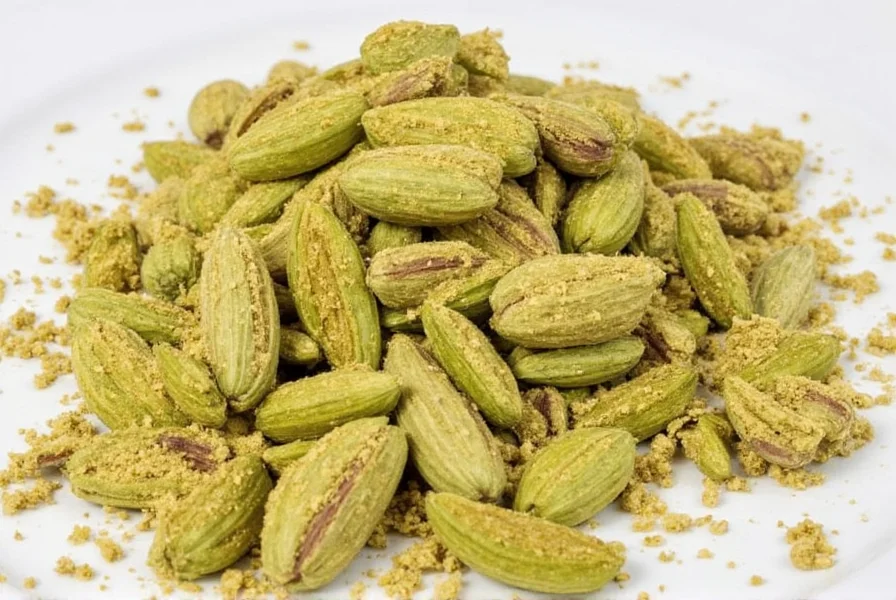









 浙公网安备
33010002000092号
浙公网安备
33010002000092号 浙B2-20120091-4
浙B2-20120091-4